





Woocommerce to Bigcommerce
Migrating your store from Woocommerce to Bigcommerce might seem daunting, but with proper planning and the right tools, it's a smooth process. Follow this step-by-step guide to ensure a successful transition.
Schedule a call
Step-by-Step Migration Guide: WooCommerce to BigCommerce Migration Guide
Step 1: Prepare Your WooCommerce Store for Migration
In this step, we focus on backing up your WooCommerce data and configuring your store settings to ensure a smooth migration to BigCommerce.
Step 2: Set Up Your BigCommerce Store
This step involves creating your BigCommerce store and configuring essential settings before initiating the migration.
Step 3: Connect WooCommerce to BigCommerce
In this step, we connect your WooCommerce store to BigCommerce utilizing API credentials for a seamless data transfer.
Step 4: Select Data Entities for Migration
Here, we define the specific data entities such as products, customers, and orders that we wish to migrate to BigCommerce.
Step 5: Perform the Demo Migration
Conduct a preliminary demo migration to ensure the accuracy and integrity of data transfer.
Step 6: Execute the Full Migration
In this step, we perform the full migration of all selected data entities from WooCommerce to BigCommerce.
Step 7: Post-Migration Checks and Optimization
After migration, we will perform checks to ensure everything is working correctly and optimize your BigCommerce store.
Power Your Step - Get in Touch
Ready to migrate your WooCommerce store to BigCommerce? Contact us today for expert assistance!
Step 1: Prepare Your WooCommerce Store for Migration
Before we embark on the migration journey, the first and foremost task is to secure your existing WooCommerce store data. This involves creating a comprehensive backup to prevent any data loss during the transition. A systematic backup should include:
- Database Backup: Use plugins like UpdraftPlus or WP-DBManager to export your complete database, ensuring all product, customer, and order data is preserved.
- Media Files: Backup all images and media files stored in your WooCommerce uploads directory, typically located in
/wp-content/uploads/. - Theme and Plugins: Make a copy of your current theme and any essential plugins that are part of your store's functionality.
Next, we need to configure your WooCommerce store for migration. This includes installing the necessary migration connector plugin, which facilitates the data transfer to BigCommerce. The LitExtension Connector is a recommended tool for this purpose. To install it:
- Access your WooCommerce dashboard.
- Navigate to Plugins > Add New.
- Search for LitExtension Connector, install and activate it.
Once installed, you will be prompted to configure the plugin settings, which includes linking your WooCommerce store to BigCommerce.
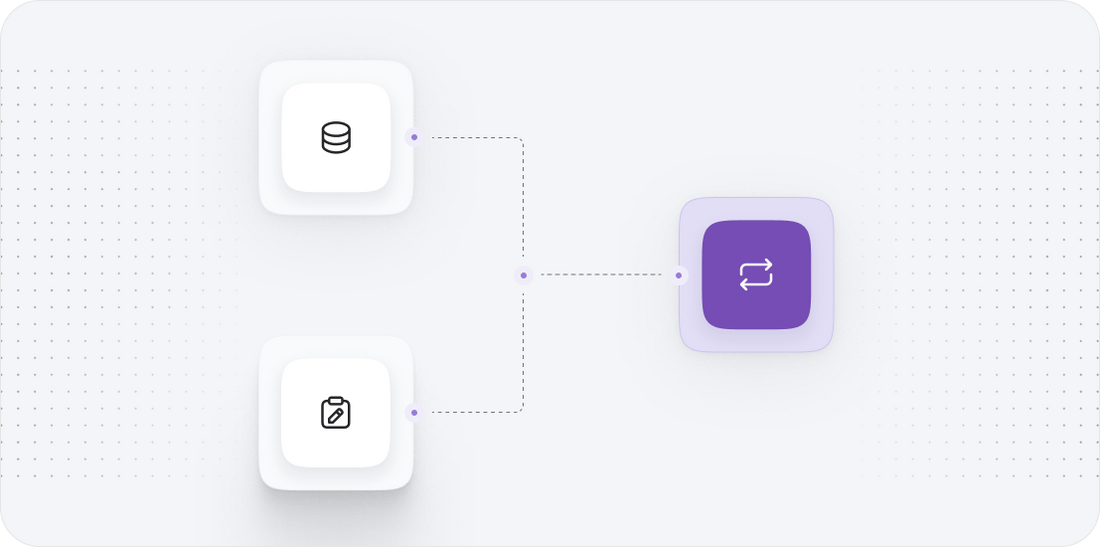
Step 2: Set Up Your BigCommerce Store
Creating your BigCommerce store is crucial as it serves as the new home for your migrated data. Follow these steps to get started:
- Visit the BigCommerce website and sign up for a new account.
- Choose a suitable plan based on your business size and needs; BigCommerce offers various tiered plans tailored for different operational scales.
- Once registered, log into your BigCommerce dashboard and navigate to Settings.
- Configure basic settings like store name, email, currency, and payment options. Ensure to enable all necessary features that your store will require.
Next, it's essential to familiarize yourself with the BigCommerce interface. Explore options for customizing your store's design, adding shipping methods, and setting tax rates. These configurations will streamline the migration process and ensure your store is ready to go live once the migration is successful.
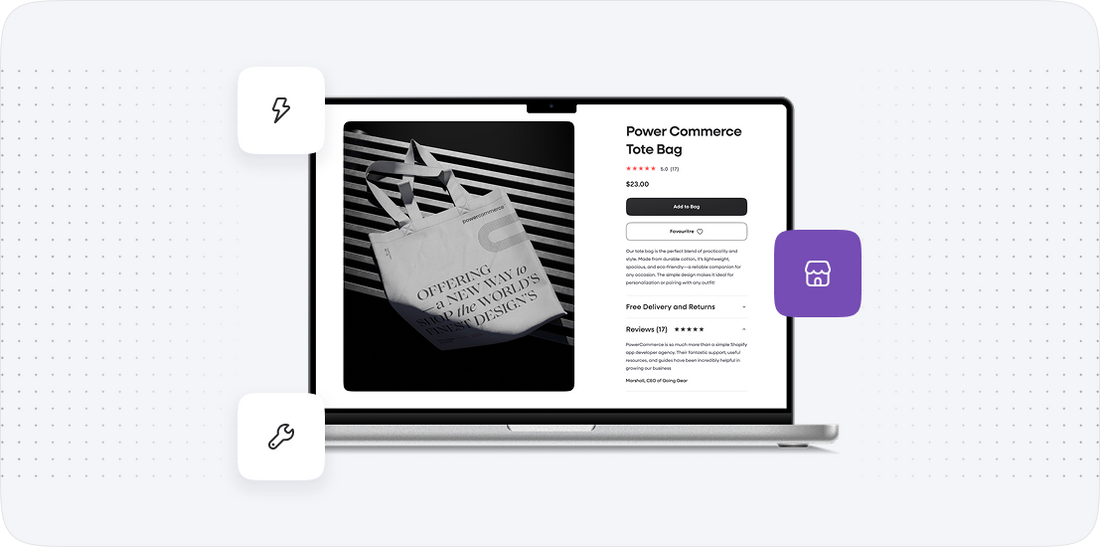
Step 3: Connect WooCommerce to BigCommerce
To successfully migrate data from WooCommerce to BigCommerce, a secure connection between the two platforms is necessary. This is established through API credentials:
- In your BigCommerce dashboard, navigate to Advanced Settings > API Accounts.
- Click on Create API Account and provide the required details, such as account name and permissions. Ensure you select the permissions needed for data migration, such as read and write access to products, customers, and orders.
- Once created, copy your API Path, API Token, and Store Hash. These credentials will be used to link your WooCommerce store with BigCommerce.
Next, return to your WooCommerce dashboard and access the LitExtension Connector plugin settings. Paste your BigCommerce API credentials into the appropriate fields to establish the connection.
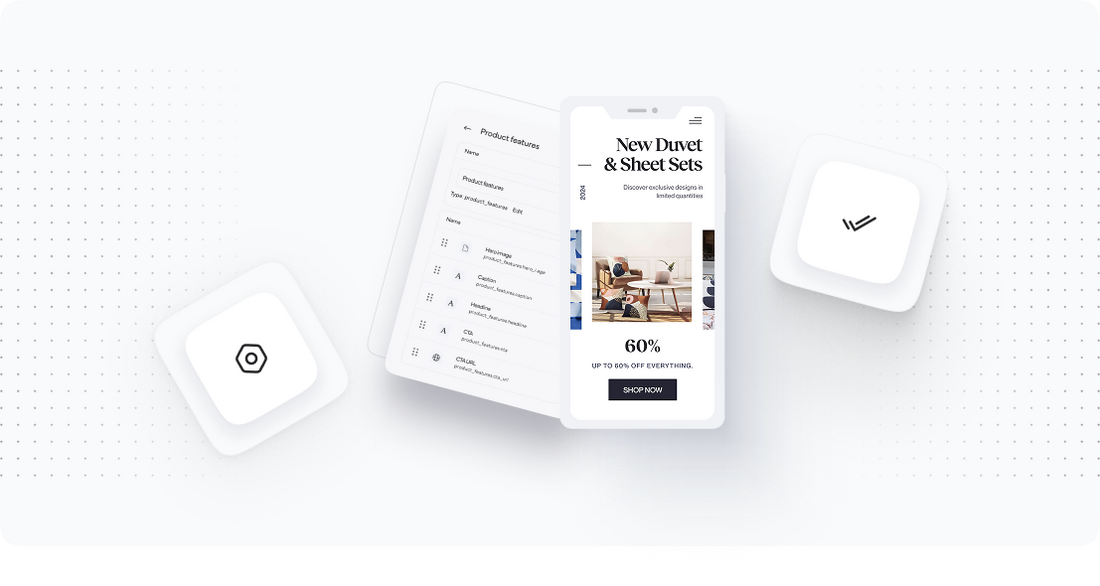
Step 4: Select Data Entities for Migration
Now that the connection is established, it’s time to choose which data entities to migrate. The LitExtension migration tool allows you to select:
- Products: Transfer all product details including SKUs, descriptions, prices, and images.
- Customers: Migrate customer accounts along with their order history and personal details.
- Orders: Move all existing orders to maintain your sales history.
Additionally, LitExtension provides options to migrate blog posts, reviews, and other custom data. You can choose to migrate all data or filter specific entities based on your requirements. Once selections are made, review the options for URL redirects to maintain SEO integrity during the transition.
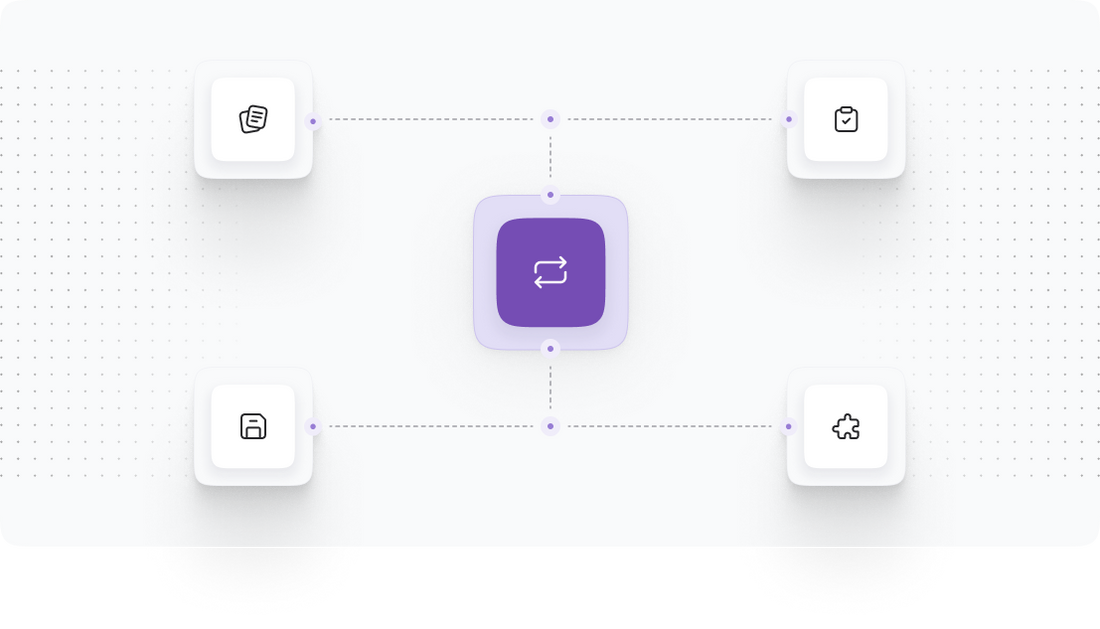
Step 5: Perform the Demo Migration
Before executing a full-scale migration, we recommend performing a demo migration. This step allows you to test the process with a limited set of data:
- In the LitExtension interface, select the demo migration option.
- Choose a limited number of products, customers, and orders to transfer.
- Initiate the demo migration process and monitor its progress.
Once the demo migration is complete, review the results in your BigCommerce store. Check for proper data transfer, such as:
- Product details and images
- Customer information and order history
- SEO URLs and metadata
This step is critical to identify any issues before the full migration, allowing you to make necessary adjustments and ensure data accuracy.
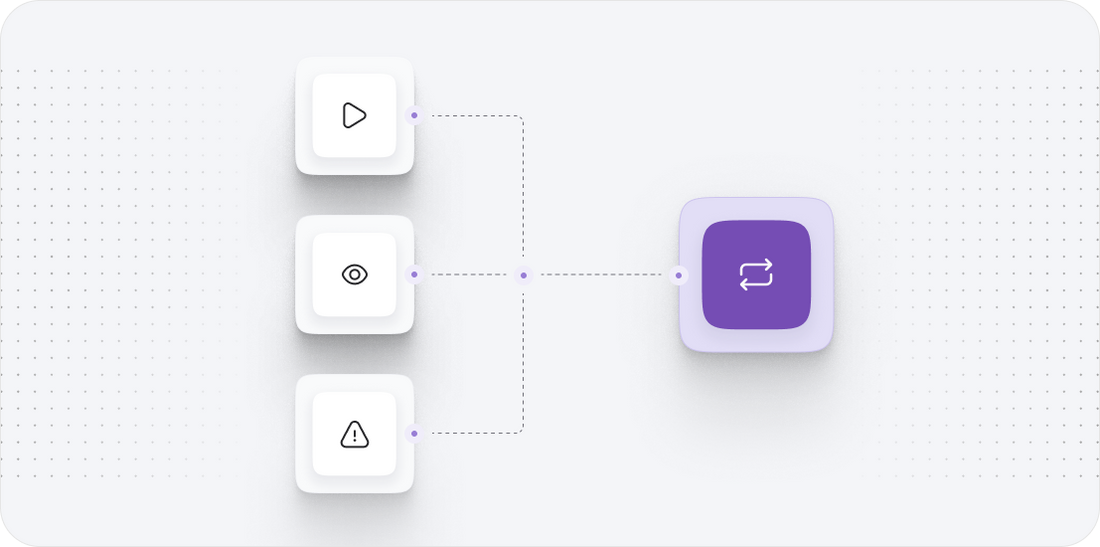
Step 6: Execute the Full Migration
After validating the demo migration, it’s time to proceed with the full migration:
- Return to the LitExtension migration tool and select the option for a full migration.
- Review your previously selected data entities to ensure everything you want to migrate is included.
- Initiate the migration process and let it run. This operation may take some time depending on the amount of data being transferred.
During the migration, keep an eye on the progress bar to track the status of the transfer. Once completed, you will receive a notification confirming the successful migration of your data.
After the migration, check your BigCommerce store to verify that all data has been accurately transferred and is functioning as expected.
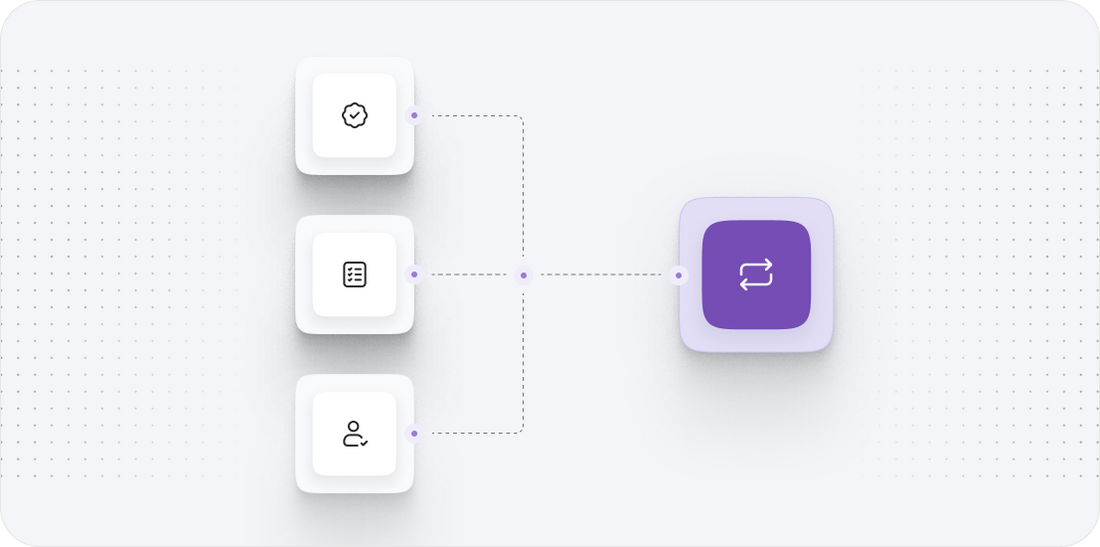
Step 7: Post-Migration Checks and Optimization
With the migration complete, it’s time to ensure everything is functioning smoothly in your new BigCommerce environment:
- Verify Product Listings: Ensure all products are listed correctly, with accurate pricing, descriptions, and images.
- Customer Accounts: Check that all customer accounts have been successfully migrated and users can log in without issues.
- Order History: Review the order history to confirm that all past orders are visible and accurately reflect the original details.
- SEO Settings: Ensure that SEO settings such as meta tags and URL structures are in place to maintain search engine rankings.
After completing these checks, you may also want to optimize your store’s performance by customizing the design, setting up marketing tools, and ensuring all payment and shipping options are configured correctly for a seamless shopping experience.
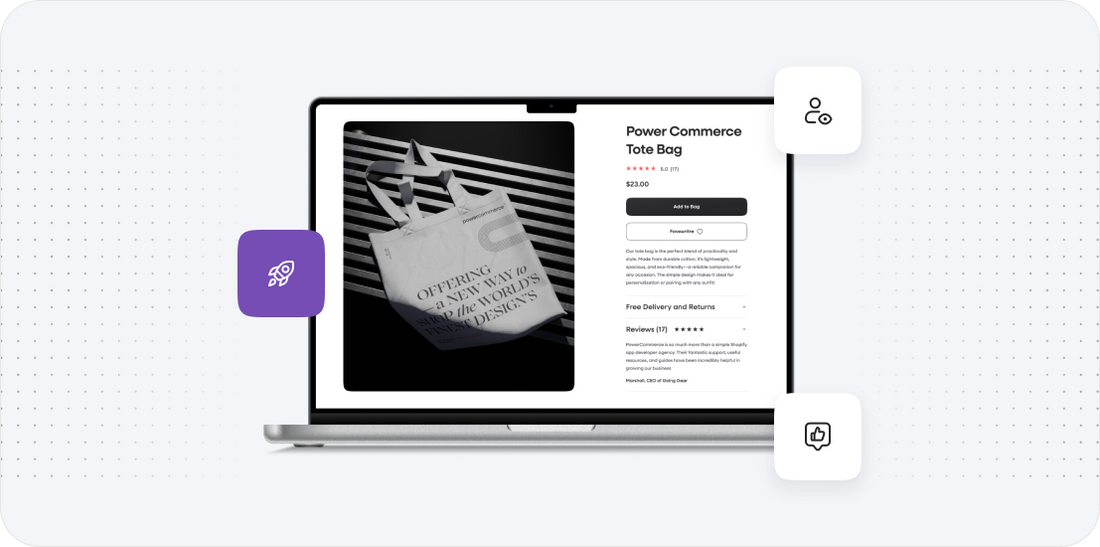
Power Your Step - Get in Touch
If you're ready to take the next step in migrating your WooCommerce store to BigCommerce, we're here to help! At PowerCommerce, we specialize in seamless migrations and can ensure your transition is smooth and efficient.
Contact us today:
- Visit our contact form to get in touch with our team.
- Call us at 800-099-9090 for immediate assistance.
- Email us at info@powercommerce.com for inquiries or to schedule a consultation.
Don’t wait! Let us help you leverage the full potential of BigCommerce and enhance your online business.
Stay aligned on what's happening in the commerce world
Trusted by 1000+ innovative companies worldwide
Schedule Your Migration Today
For businesses prioritizing simplicity, scalability, and robust support, Shopify is the clear winner.
Looking to migrate without hassle? Power Commerce can handle the entire process, ensuring smooth data transfer, store setup, and post-launch success.
Marka Marulića 2, Sarajevo, 71000 BiH
00387 60 345 5801
info@powercommerce.com
